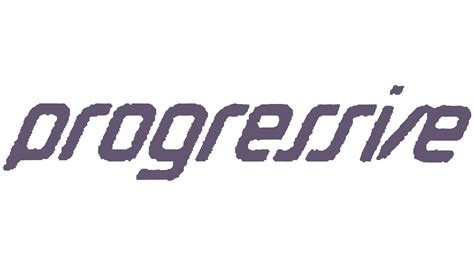Unlock peak strength: Best progressive overload strategy?

If you’ve spent any time in the gym aiming to get stronger or build muscle, you’ve likely heard the term ‘progressive overload’. But what exactly is it, and more importantly, what’s the most effective way to implement it to unlock your peak strength potential?
The Fundamental Principle of Progressive Overload
At its core, progressive overload is the gradual increase of stress placed upon the body during training. Without it, your muscles have no reason to adapt, grow, or get stronger. Your body is incredibly efficient; once it adapts to a certain stimulus, it won’t exert extra energy to improve further unless forced to. This continuous challenge is the secret sauce for ongoing progress.

Diverse Strategies for Progressive Overload
While often simplified to just ‘lifting heavier’, progressive overload encompasses a variety of methods. The ‘best’ strategy isn’t a one-size-fits-all answer but rather a dynamic approach that leverages different techniques over time.
1. Increase Resistance (Weight)
This is the most straightforward and often most effective method for pure strength gains. As you get stronger, you simply lift more weight. It’s crucial, however, to ensure the increased weight doesn’t compromise your form, which could lead to injury or ineffective training.
2. Increase Volume (Reps and Sets)
If you can’t add more weight, add more repetitions or an additional set. For example, if you’re hitting 3 sets of 8 reps with a certain weight, try for 3 sets of 9 or 4 sets of 8. This increases the total amount of work done, signaling to your muscles that they need to adapt.
3. Decrease Rest Periods
Performing the same amount of work (weight x reps x sets) in less time is another form of progressive overload. It improves your work capacity and muscular endurance, making your workouts more challenging and efficient.

4. Improve Technique and Range of Motion
Sometimes, the best way to progress isn’t adding external load, but improving internal control. Performing an exercise with stricter form, a fuller range of motion, or with better muscle activation makes the movement harder and more effective. This is often an overlooked, yet powerful, method of progression.
5. Increase Frequency or Density
- Frequency: Training a muscle group more often throughout the week.
- Density: Doing more work in the same amount of time, or the same amount of work in less time (similar to decreasing rest periods but broader in scope).
6. Time Under Tension (TUT)
By controlling the eccentric (lowering) or concentric (lifting) phases of an exercise, you can increase the time your muscles are under load. Slowing down repetitions, especially the negative phase, can significantly challenge muscles even with lighter weights, leading to new growth stimuli.

Finding Your ‘Best’ Strategy: A Cyclical Approach
There isn’t one single ‘best’ progressive overload strategy that works indefinitely. The most effective approach is often a cyclical one, employing different methods at different times. For example:
- Start with weight: Focus on increasing the load for 4-6 weeks.
- Switch to volume: When you hit a plateau with weight, try adding reps or sets for another 3-4 weeks.
- Focus on technique/TUT: Incorporate periods where you refine your form or slow down repetitions to challenge muscles differently.
- Manipulate rest/density: Integrate periods of shorter rest to boost conditioning and work capacity.
Listen to your body, track your progress meticulously, and be willing to experiment. A training log is invaluable for knowing when and how to apply different overload principles effectively.
Practical Tips for Consistent Progression
- Track Everything: Use a notebook or app to record weights, reps, sets, and even rest times for every workout.
- Prioritize Form: Never sacrifice good form for more weight or reps. This is a recipe for injury.
- Be Patient: Progress isn’t linear. There will be plateaus, and that’s normal. Adjust your strategy when progress stalls.
- Nutrition and Recovery: Progressive overload demands adequate nutrition, hydration, and sleep to allow your body to recover and adapt.

Conclusion
Progressive overload is not just a concept; it’s the cornerstone of effective strength training and muscle building. By intelligently applying various strategies – increasing weight, reps, sets, improving technique, decreasing rest, or manipulating time under tension – you can continually challenge your body and ensure consistent gains. The ‘best’ strategy is the one you can consistently apply, adapt, and combine to keep your muscles guessing and growing. Start tracking, stay consistent, and watch your strength soar.









